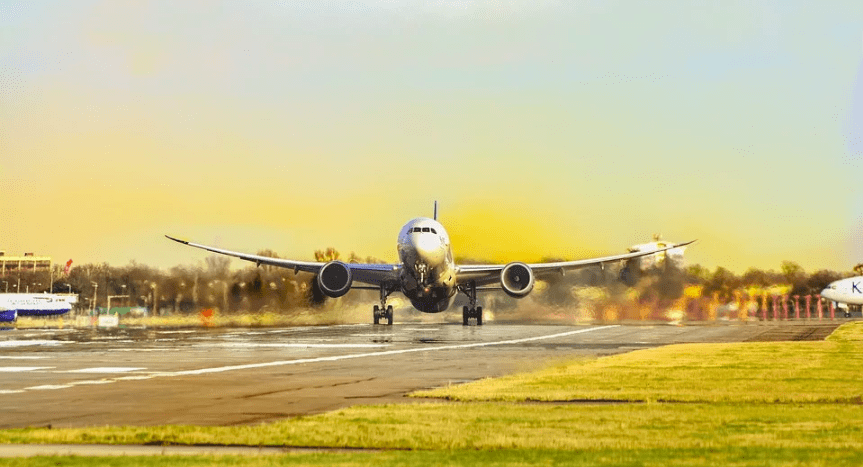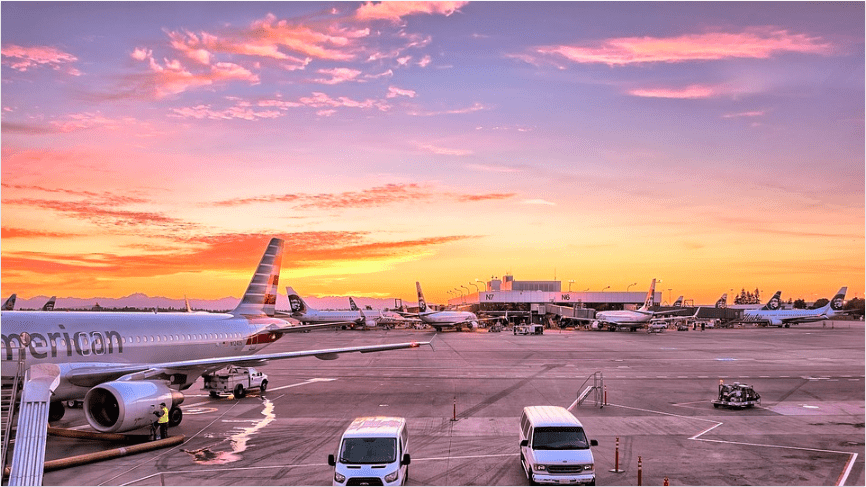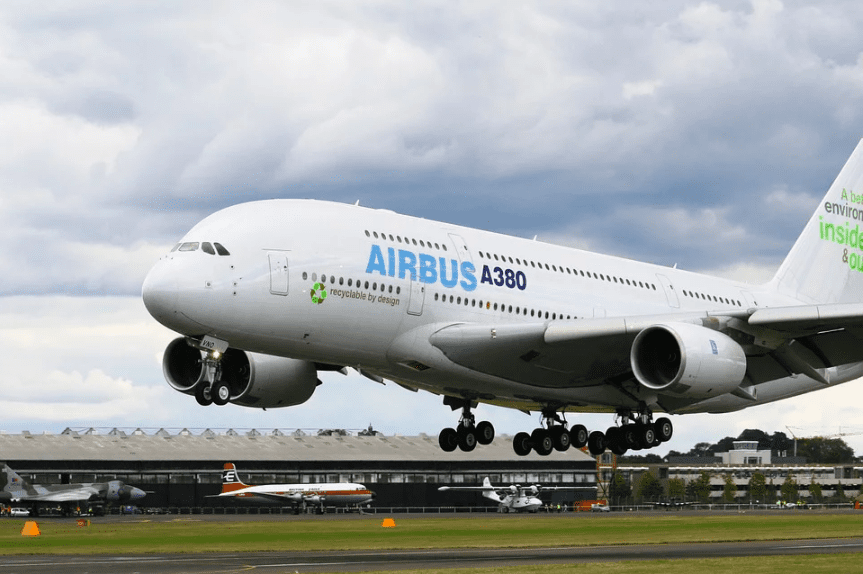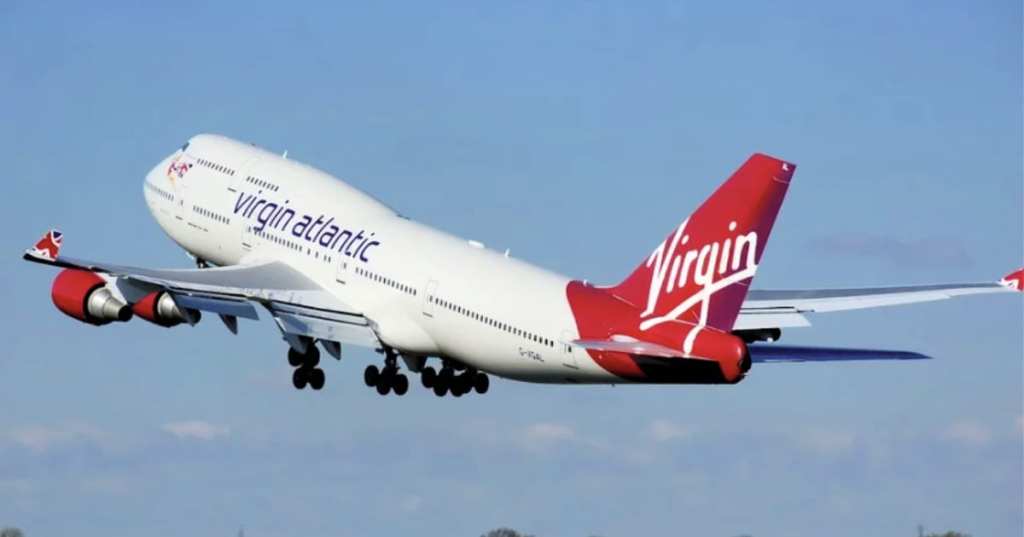Trending Now
If you’re like me, you probably don’t spend much time thinking about what color the airplanes are before you board them. You’re more worried about things like where you seat is, if you’ll have overhead bin space, whether the person next to you has a baby, whether or not you’re going to make your connecting flight, and a million other things.
They are all white, though – or white for the most part. And now that you’re aware, I assume you want to know why.
Keep reading!

Image Credit: Pixabay
The first and biggest reason has to do with science – thermal science, to be exact, because according to MIT Aeronautics and Astronautics professor R. John Hansman, white reflects the most sunlight and helps keep the cabin cool. It does the same for the plastic and component parts, because if they melted, that would be bad.
The color sort of acts like sunblock for dangerous solar radiation, as well.
Then, there’s the birds. According to a 2011 study, birds collide less often with white airplanes compared to deep and light blue planes, which aren’t quite as easy to pick out of the sky.

Image Credit: Pixabay
The color also makes it easier for humans to pick out cracks, dings, and divots that need repair.
The rest of the reasons all have to do with (don’t have a heart attack and die from not surprise) money.
It takes up to 65 gallons of paint to coat one plane and white is a standard color, which makes it cheaper. Not to mention that colors will oxidize and fade, meaning you’d have to repaint more often in order to keep it bright. White planes sell faster than colored ones, as well, for all of these reasons.

Image Credit: Pixabay
No word on why they paint planes at all, but don’t worry, I’m on the case.
Does this surprise you? None of this shocked me, I’d just never thought of it before now, but now I feel just a little bit smarter.
I hope you do, too!






